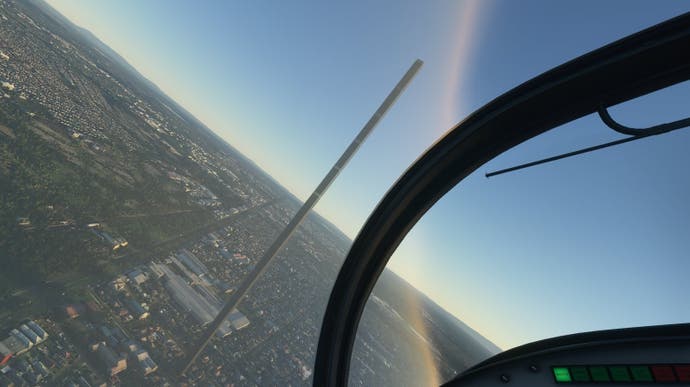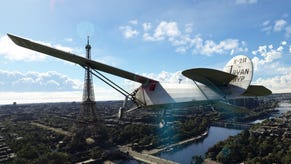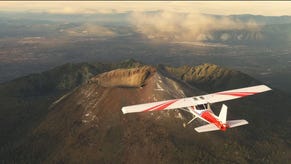Internet sleuths solve mystery of Flight Simulator's 200-storey Melbourne house
Room with a view.
If, at this very moment, you were to fire up Microsoft Flight Simulator 2020, hop into a plane, and take to the skies around Melbourne, Australia, you might be a little surprised by what you find puncturing the skyline. As discovered earlier this week, a vast 200-story residential home has unexpectedly magicked itself into existence in the otherwise not-immediately remarkable suburb of Fawkner - and now internet sleuths have figured out why.
The imposing, impossible structure has rapidly become a bit of a hotspot for curious Flight Simulator sightseers, piercing the horizon like some monstrous primordial obelisk conjured from the unknowable void. Mainly because, you know, it looks kind of neat.
The obvious problem, though, is that no such 200-storey skyscraper exists on that spot back in the real world (at least not one visible through a mortal eye), leading Flight Sim fans to ponder exactly how it got there. And now - as highlighted by duck enthusiast Liam O - diligent Twitter users, in response to a thread by Alexander Muscat, have managed to trace the origins of Fawkner's newest landmark back to free wiki world map OpenStreetMap, and a typo.
OpenStreetMap calls itself a community of mappers that contribute and maintain data about roads, trails, cafés, railway stations, and much more, all over the world. Anyone is free to use the site's data, and Microsoft has been incorporating it into Bing Maps - which Flight Simulator draws upon to render its 1:1 version of Earth - since 2010.
Unfortunately, it seems that around a year ago (as spotted by Deborah Pickett on Twitter), an OpenStreetMap user going by the name of nathanwright120 erroneously listed the building, via its editable data, as having 212 floors - resulting in the astonishing 2,000-foot-plus monolith seen in Flight Simulator today. Were it real, as another industrious Twitter user calculated, that would make it the second tallest building in the world.
Clicking over to OpenStreetMap reveals that nathanwright120's error has since been remedied by another user and that the residential property in question is, in reality, only two storeys tall. Unfortunately, sometime before the building could regain its proper proportions, Microsoft exported the incorrect data for use, and that, in turn, ended up in Flight Simulator 2020.
Quite what will happen to Melbourne's mighty obelisk now its existence has been uncovered remains to be seen. Will it be quietly shrunk back down to its correct size by developer Asobo, or will it be left to live on in infamy, for tourists all over the virtual world to come and see?
At least one player has already landed on it for posterity, and as we wait to learn its fate, perhaps you might enjoy Ian Higton's brush with yet more awkward Flight Simulator 2020 geometry as he takes to the skies for a bit of a Hollywood jamboree.









